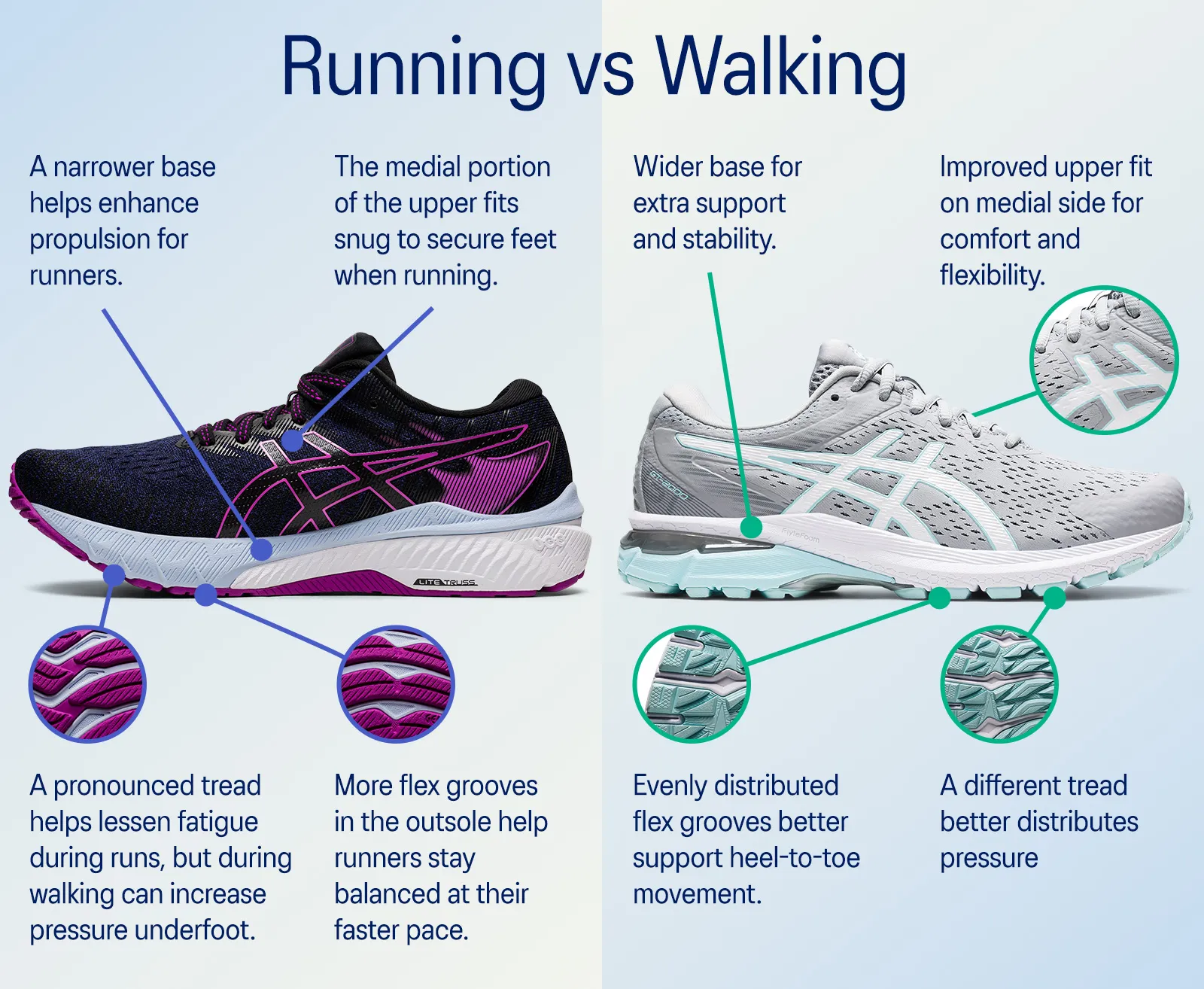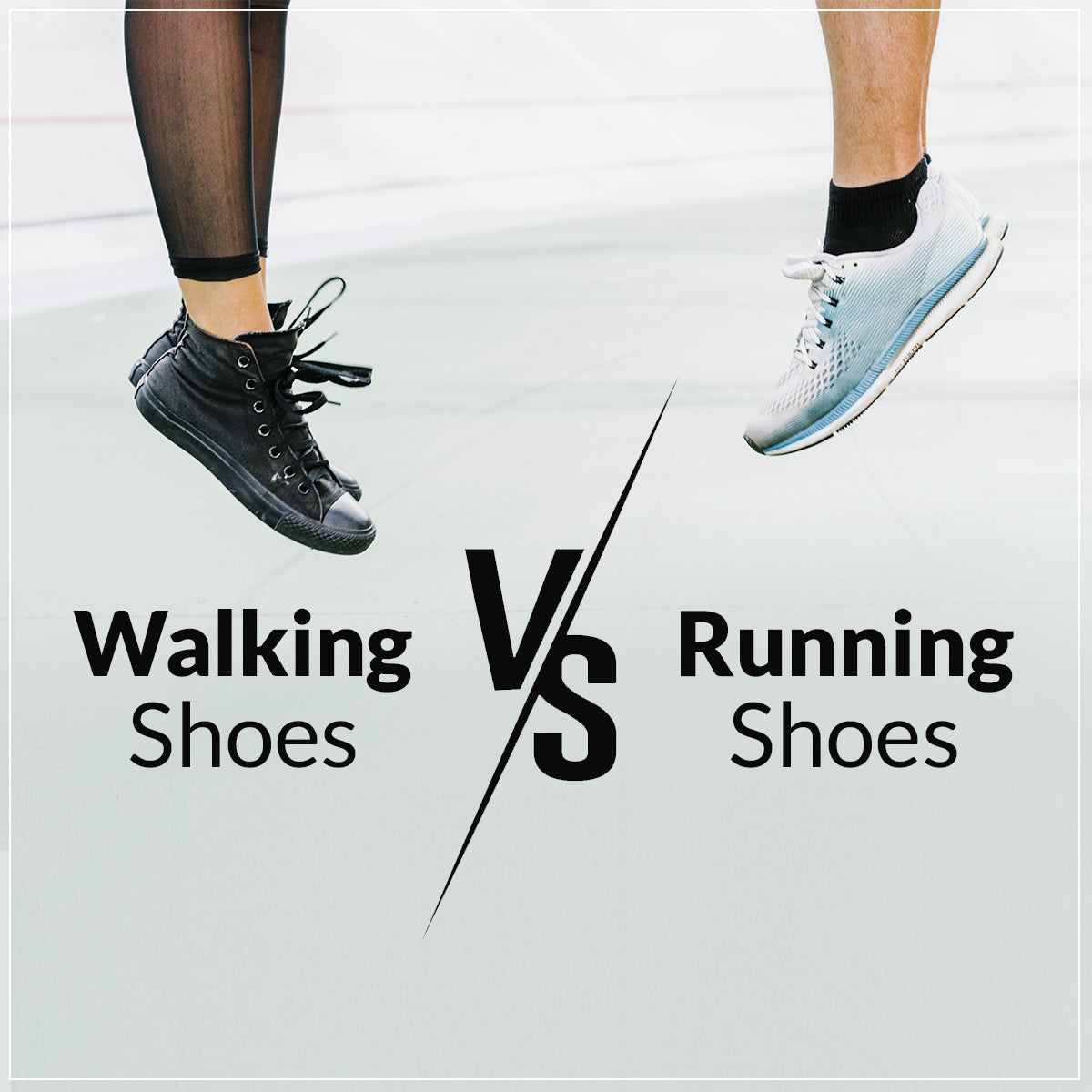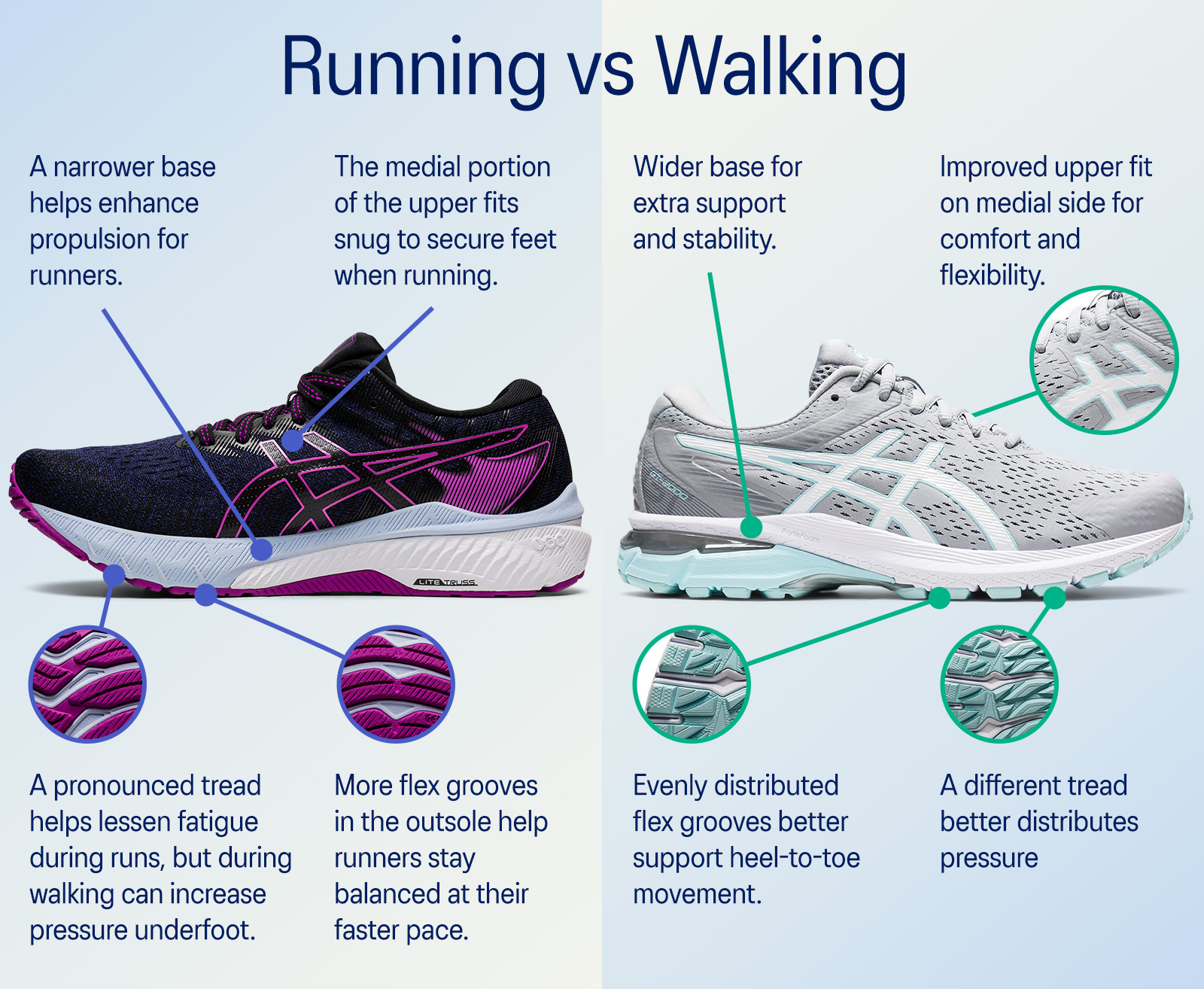Discover The Perfect Fit: Running vs Walking Shoes For Your Active Lifestyle
Choosing the right footwear isn’t just about style; it’s about aligning your shoes with your movement patterns to enhance performance and prevent injury. The debate between running vs walking shoes is central to this decision, as each type caters to distinct biomechanical demands. Whether you’re a dedicated runner or a daily walker, understanding the scientific and practical differences can transform your active routine. Let’s dive into the specifics to guide you toward the perfect pair.
The Biomechanical Foundations: How Running and Walking Differ
At first glance, running and walking might seem like variations of the same activity, but they involve fundamentally different biomechanics. When you walk, your body maintains at least one foot in contact with the ground at all times, resulting in a smoother, rolling motion from heel to toe. This movement distributes force more evenly, with the heel absorbing the initial impact. In contrast, running introduces a flight phase where both feet are off the ground, leading to a higher-impact landing—often on the midfoot or forefoot—that generates forces up to three times your body weight. According to research from Harvard University’s Skeletal Biology Lab, this increased impact necessitates greater cushioning and stability in footwear to protect joints and muscles. For instance, a study published in the Journal of Sports Sciences highlights that improper shoe selection can exacerbate issues like plantar fasciitis or shin splints, emphasizing why the distinction in running vs walking shoes matters. By recognizing these biomechanical nuances, you can appreciate why a one-size-fits-all approach falls short and why specialized shoes are engineered to address these unique demands.

Key Features of Running Shoes: Designed for Impact and Speed
Running shoes are meticulously crafted to handle the high-impact nature of running, focusing on cushioning, flexibility, and weight reduction. They typically feature advanced midsole materials like ethylene-vinyl acetate (EVA) or polyurethane foam, which absorb shock and provide energy return. For example, brands like ASICS incorporate GEL technology in their running lines, a innovation derived from biomechanical studies that reduces impact forces by up to 20% compared to standard foams. The heel-to-toe drop—often between 8-12 mm—promotes a forward lean that aids in momentum, while the outsole’s carbon rubber enhances durability for repetitive strikes. Moreover, running shoes prioritize breathability with mesh uppers to manage heat and moisture during intense activity. On platforms like Quora, seasoned marathoners often emphasize how a proper running shoe can prevent injuries; one user cited a podiatrist’s advice that “selecting shoes with adequate arch support and motion control can reduce the risk of stress fractures.” This aligns with findings from the American Council on Exercise, which notes that over 70% of runners experience injuries annually, many due to improper footwear. Thus, when evaluating running vs walking shoes, it’s clear that running models excel in dynamic environments where impact protection and lightweight design are paramount.

Key Features of Walking Shoes: Prioritizing Stability and Comfort
Walking shoes, on the other hand, are engineered for sustained comfort and stability over longer, lower-impact durations. They often have a lower heel-to-toe drop—around 0-6 mm—to encourage a natural heel-to-toe roll that mirrors the walking gait. The cushioning is more uniform and less aggressive than in running shoes, as excessive softness can lead to instability during prolonged walks. A common feature is a firmer midsole with added arch support, which helps distribute pressure evenly and reduces fatigue. For instance, brands like New Balance design walking shoes with ROLLBAR technology to control rearfoot movement, a recommendation backed by the American Podiatric Medical Association for preventing overpronation. In literature from the University of Colorado’s Human Performance Lab, studies show that walkers benefit from shoes with a wider base for better balance, especially on uneven terrain. Celebrities like fitness influencer Jillian Michaels have echoed this on YouTube, stating, “Walking shoes should feel like an extension of your foot—supportive but not bulky.” This focus on everyday comfort makes walking shoes ideal for activities like hiking or city strolling, where the emphasis is on reducing strain rather than maximizing speed. As we compare running vs walking shoes, it’s evident that walking models shine in scenarios demanding consistent support and minimal fatigue.

Making the Right Choice: Factors to Consider for Your Lifestyle
Selecting between running and walking shoes hinges on your primary activities, fitness goals, and physical needs. If you’re a runner or engage in high-intensity workouts, running shoes offer the necessary shock absorption and flexibility to handle repetitive impact. Conversely, if walking is your main exercise or you’re on your feet for hours daily, walking shoes provide the stability and comfort to prevent discomfort. Consider factors like foot type—for example, flat-footed individuals might need motion control features, while high arches require extra cushioning. Websites like Runner’s World often cite podiatrists who advise trying shoes later in the day when feet are slightly swollen for a more accurate fit. Additionally, think about terrain; running shoes might be overkill for casual walks, but they’re essential for trails or tracks. A balanced approach involves trying both types; many specialty stores offer gait analysis to personalize recommendations. Remember, the goal isn’t just to buy shoes but to invest in your long-term health, ensuring every step supports your active life without compromise.

Ultimately, the distinction between running vs walking shoes boils down to matching design with demand. By prioritizing your movement patterns and seeking evidence-based features, you can elevate your performance and safeguard your well-being. Embrace this knowledge to step confidently into a healthier, more active future.
